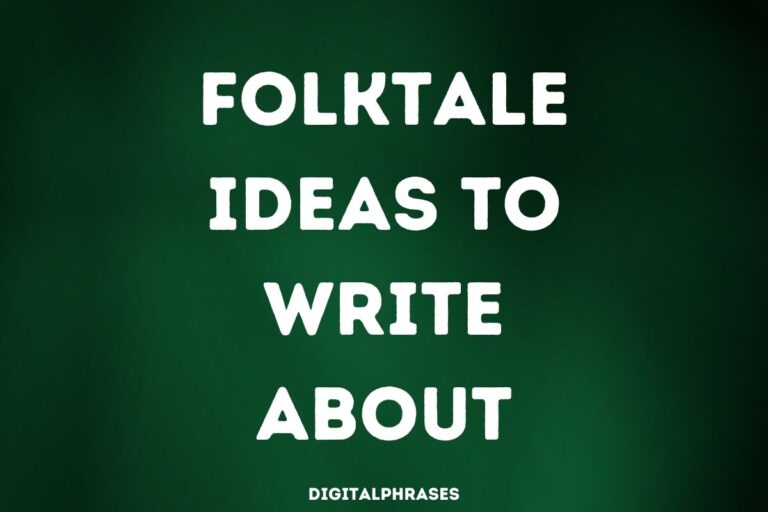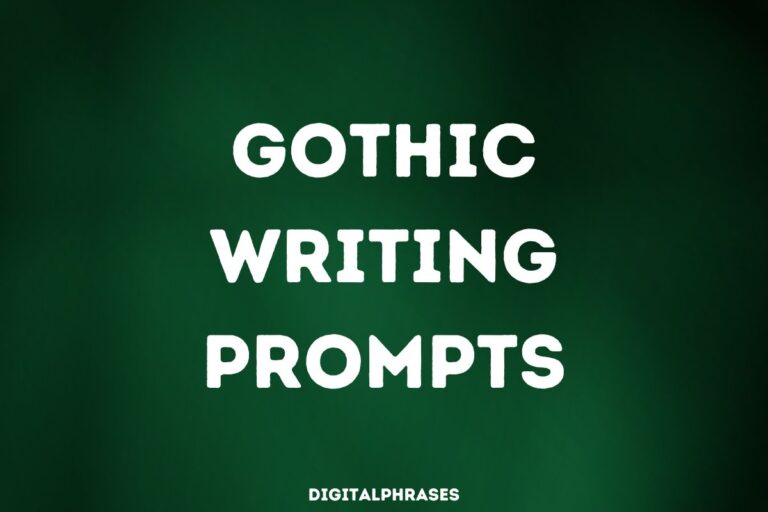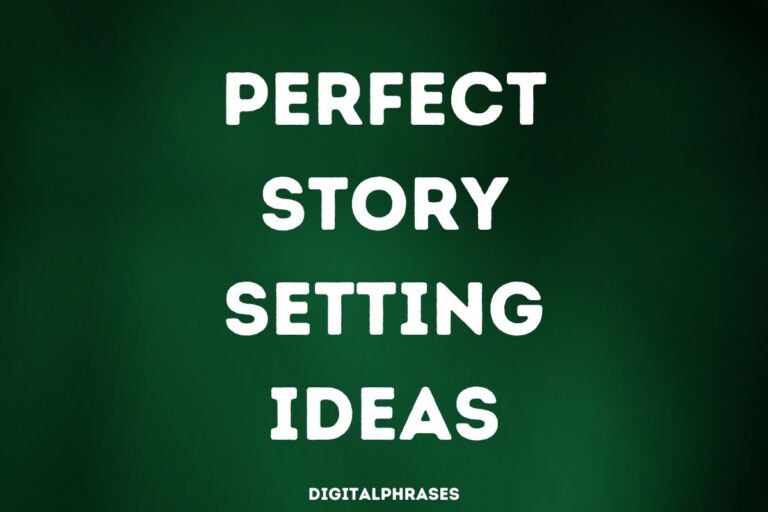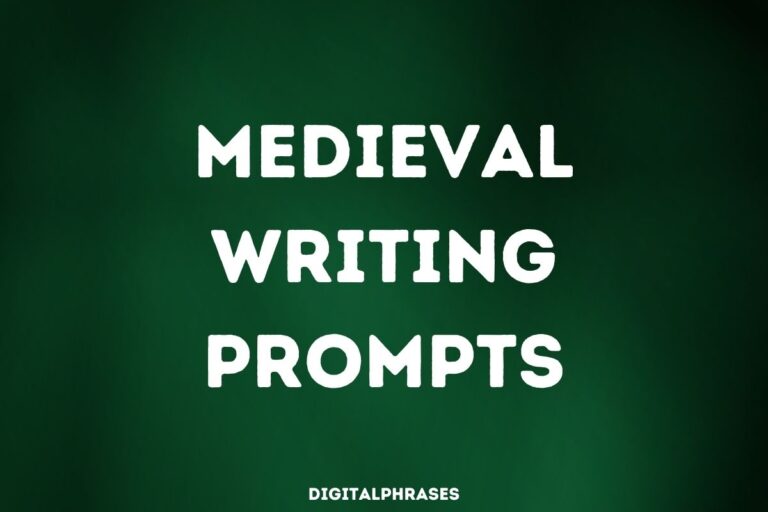24 Scary Zombie Story Ideas
Zombies, zombies everywhere!
You’d think with all the wastelands, moans, and desperate scavenging, this whole genre would be rotting away.
Nope!
These flesh-eaters just keep shambling on, kinda like our weird obsession with them. Maybe it’s facing our deepest fears or indulging in crazy fantasies, but whatever it is, we can’t get enough.
The problem is, with all these zombie stories out there, it’s getting hard to surprise anyone. So, if you wanna write a zombie story that doesn’t end up shuffling along with the rest, we gotta get creative.
Get ready, because we’re about to dig up some fresh ideas to make the undead scary, surprising, and totally awesome again!
Let’s go.
Zombie Story Ideas
Zombie Origins in the Internet Age: In a world where a computer virus evolves and impacts human neurology, people who spend an inordinate amount of time online start displaying zombie-like behavior. They become mindlessly obsessed with staying connected, leading to physical transformations that render them aggressive to those not infected. The protagonist, a former software engineer with a disdain for the digital age, teams up with a group of hackers to find a digital antidote.
The Rehabilitation Center: After the zombie apocalypse is somewhat controlled, a government facility claims to have found a cure and starts rehabilitating zombies back to their human selves. Families are reunited, but not all is as it seems. The ‘cured’ start to relapse under stress, revealing that the treatment was a temporary fix. The story revolves around the internal struggles of a rehabilitated individual who fights to hold onto their humanity.
Through the Eyes of the Infected: The story is told from the perspective of a person gradually turning into a zombie. While they retain moments of clarity, they document their transformation and their changing perception of the world. It’s a heartbreaking account of losing oneself, with the individual making the ultimate choice to isolate themselves from loved ones before they fully turn.
The Silent Whispers: The zombies in this world are unique: they can communicate telepathically among themselves. They have a purpose and an agenda. The protagonist, when bitten, starts hearing these whispers and learns about an ancient prophecy where zombies are nature’s response to human’s destructive ways. It becomes a race against time as the protagonist tries to bridge the gap between humans and zombies to bring about an understanding.
Post-Apocalypse Renaissance: 50 years after the apocalypse, human-zombie hybrids have evolved, possessing heightened senses and abilities but also the capacity for human thought and emotion. These hybrids represent hope and are celebrated as the next stage of human evolution. The story follows a hybrid child navigating a world where the lines between humanity and monster are blurred.
Nature’s Guardians: In an eco-conscious twist, it’s discovered that these zombies are attracted to areas of high pollution and environmental degradation. They consume pollutants, essentially cleansing the environment. Cities start leveraging zombies to clean up environmental disasters. The story dives deep into the morality of using a once-human entity for such purposes, highlighting the balance between exploitation and global well-being.
The Great Divide: In a world recovering from the zombie apocalypse, society is divided into two: those who survived without being bitten and those who were bitten but were cured. The latter, known as “The Returned”, face discrimination and fear, even though they’ve regained their humanity. The story explores the deep-seated prejudices and parallels with historical societal discriminations, with a Returned individual championing for their rights and fighting against the stigma.
Zombie Compassion: In a twist, these zombies retain their emotions from their past human lives. They feel sadness, love, and guilt, making them less aggressive and more avoidant of humans. A young girl befriends a zombie, learning about its past life, loves, and regrets. Their bond challenges the established norms, and together, they seek a place where zombies can exist without fear of eradication, highlighting the universal desire for understanding and coexistence.
The Old Folks’ Home: An upscale retirement community finds that its elderly residents are immune to the zombie virus due to a medication they’ve been taking for Alzheimer’s. The story revolves around the community’s efforts to safeguard themselves while also grappling with the ethical dilemma of whether to share this accidental cure with the outside world. The narrative gains complexity as the elders debate between altruism and self-preservation.
The Underground Library: Long after the apocalypse, a group of survivors discover an underground library filled with knowledge and technology from the pre-zombie era. As they begin to restore and understand the relics, they uncover research on reversing the zombie condition. The story focuses on the balance of rediscovering humanity’s past while contending with the reality of its present, asking the question: Is knowledge always salvation?
The Resurrection Economy: Years into the zombie apocalypse, a black-market business emerges, offering a service to temporarily bring back the consciousness of a zombie to say final goodbyes to loved ones. The process is expensive, risky, and morally complex. The story follows a family torn between the desire to communicate one last time with a deceased member and the ethics of capitalizing on human grief.
The Empath: A unique character can feel what zombies feel and begins to empathize with them. Through their connection, they realize the zombies are desperately searching for something. Teaming up with scientists and researchers, the protagonist discovers that the zombies are looking for a way to end their cursed existence. The story deals with the complicated ethics of euthanasia and the right to death for these beings.
Two Worlds: Humanity has found a way to co-exist with zombies by creating separate but parallel societies. A peace treaty is enforced by a shared council. However, peace is disrupted when a radical human group seeks to wipe out all zombies, considering them abominations. The protagonist, a member of the peacekeeping council, must navigate complex politics and prejudices to prevent another war.
Moonlit Dread: It’s discovered that zombies revert to their human consciousness during the full moon. Scientists and ethicists debate the implications of this discovery, and a small group decides to establish a “Moonlit Sanctuary” where zombies can experience brief moments of humanity once a month. The story revolves around the people running this sanctuary and the ethical dilemmas of temporarily restoring someone’s humanity.
The Farm: In a seemingly peaceful post-apocalyptic world, a community has fenced off a piece of land where they keep zombies like livestock, using them for medical research, energy generation, and even as a food source. A newcomer to the community is horrified and faces the moral challenge of either assimilating or exposing the dark underbelly of this self-sufficient society, questioning the price of survival at the cost of ethical compromise.
Love in the Time of Zombies: A woman who has lost her husband to the zombie plague finds out that he still wanders near their old home, almost as if he remembers something. Against all advice, she approaches and finds a semblance of recognition in his eyes. The story explores the strength and limitations of love and memory, as she seeks a way to bring back the man she loves without endangering the community around her.
Zombie’s Best Friend: Pets, especially dogs, are unaffected by the virus. In a heartwarming tale, a dog continues to stay loyal to its owner, now a zombie, guiding and protecting him from dangers. The narrative unfolds as the dog tries to lead the owner to a rumored safe haven, emphasizing the unbreakable bond between a pet and its human.
Siren Songs: A secluded tribe living in a dense forest has found a unique way to pacify zombies – their ancient songs. The melodies enchant and soothe the undead, rendering them harmless. When outsiders stumble upon this tribe, they must learn the harmonious ways of the forest people to survive, celebrating the power of music as a universal language.
The Halfway House: An experimental facility claims to have devised a way to keep the infected in a half-human, half-zombie state. They can reason, recall memories, and communicate, but have some zombie traits. As families reunite with their halfway loved ones, they grapple with questions of identity and what it truly means to be alive, drawing parallels with issues of disability and acceptance.
The Scholar’s Dilemma: A historian during the outbreak becomes obsessed with documenting the apocalypse. Over time, he becomes a critical resource for survivors due to his vast knowledge. However, when he’s on the verge of becoming infected, he must decide whether to preserve his invaluable notes for the future or save himself. The story highlights the tension between the preservation of knowledge and personal survival.
Waters of Forgetfulness: A coastal community realizes that saltwater temporarily halts the zombie transformation. As a result, rituals of submerging the infected in the sea become commonplace. However, when the tide turns, the reprieve is short-lived. The community faces challenges from both land and sea, emphasizing the balance between nature’s mercy and wrath.
The Child Whisperer: Children born after the apocalypse have a unique ability – they can communicate and tame zombies. One particular child stands out, possessing an unmatched capability to control the undead. As factions vie for control over her, the story focuses on her journey of self-discovery and the burden of wielding immense power at a young age.
Lost and Found: GPS systems and drones become essential tools for mapping zombie populations and finding safe zones. A tech genius creates a system where survivors can mark safe locations and leave messages for others. However, as the technology becomes a beacon of hope, it also attracts those with malicious intent. The story revolves around the double-edged sword of technology in crisis.
The Hive Mind: Zombies in this universe don’t act independently; they’re controlled by a central entity or “queen.” When a group of survivors captures one such queen, they realize they can influence the horde’s movements. But as they delve deeper, they discover the queens have their own tragic story, highlighting the moral complexities of control and exploitation.






